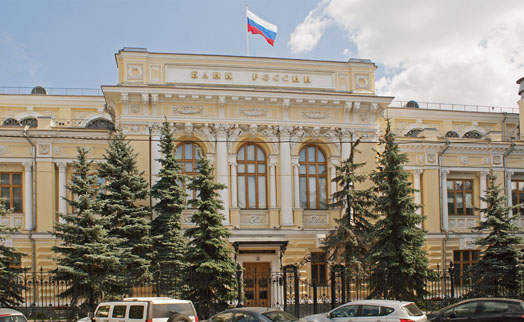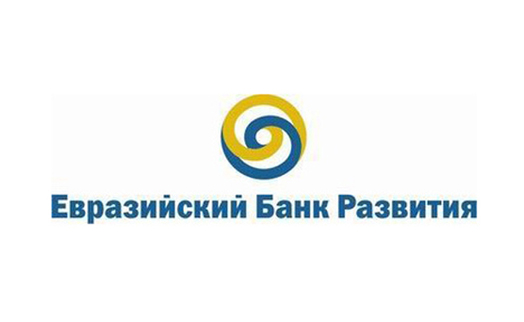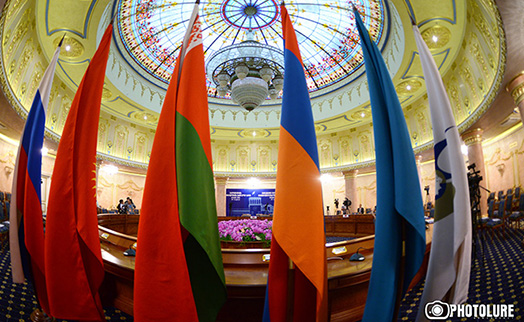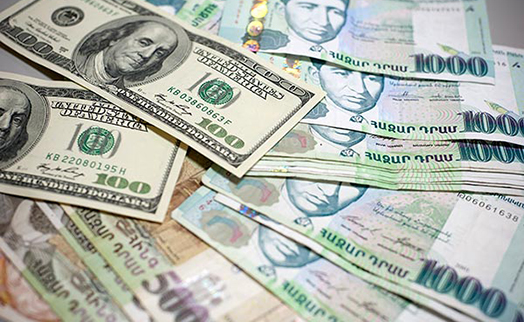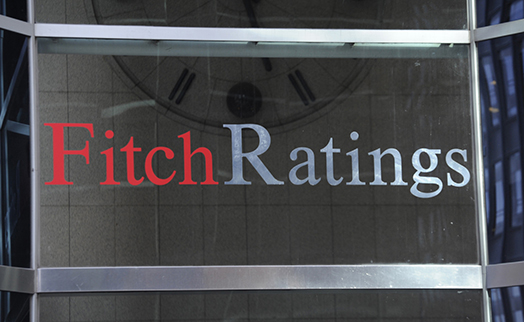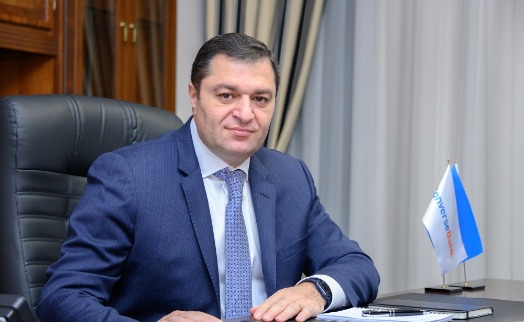22.08.2017 15:13

YEREVAN, August 22. /ARKA/. Recent data indicate that, despite the economic contraction observed in the Eurasian Economic Union (EEU) member countries in 2016, their mutual investments have already started growing. After three years of decline (2013–15), mutual FDI of the EEU member countries grew by 15.9%, reaching US $26.8 billion, according to Monitoring of Mutual Investments in CIS Countries 2017, a report prepared by the Eurasian Development Bank Centre for Integration Studies.
Predictably, the largest capital exporters within the EAEU are Russian companies, which account for over 78% of FDI exports. Kazakhstan ranks the second (13.5%), Belarus comes the third (7.8%), while Armenia and Kyrgyzstan are significantly falling behind the largest EAEU economies.
There is a new development observed in the region — Russia does not only invest in other EAEU economies, but has also started receiving an increasing amount of investment from neighbouring countries, with the FDI stock from other EAEU countries reaching US $5 billion. However, Belarus and Kazakhstan remain the major FDI recipients, with their FDI stock standing at US $8.6 billion and US $8.2 billion respectively as at end-2016.
According to the report, Russia’s high performance indicators are generated by a limited group of companies. As at the start of 2017, 25 largest Russian companies investing in the EAEU member countries accounted for 71% of the total mutual FDI stock within the EAEU. 25 major projects of Russian companies represented about 61% of the total mutual FDI stock within the EAEU.
EDB analysts believe that the pattern of sector cooperation within the EAEU will change as a result of deepening Eurasian integration and developing common markets. In the meanwhile, these are mainly large investors that are benefiting from the Union. Large businesses find cross-border barriers less distressing as such companies have enough resources to efficiently overcome them. Medium businesses do not venture abroad for the moment.
"Medium-sized companies have more limited funds and administrative resources. A common market would offer them a wider spectrum of opportunities for building value chains and scaling up their business activities. Medium-sized businesses are still not very active. However, in 2016 medium-sized businesses from Kazakhstan and Belarus managed to build up their capital investments in their EAEU partner countries — their investments grew in the Agriculture and Food Products sector, Construction, IT and Wholesale and Retail Trade," notes Evgeny Vinokurov, Director of the EDB Centre for Integration Studies.
Where do Russia’s EAEU neighbours invest? The Russian Chemical sector ranks the first, accounting for 35.1% of the FDI inflows from the EAEU member countries as at end-2016. The Russian Agriculture and Food Products sector comes the second (15.8%), with most of the investments originating from Kazakhstan’s companies specialising in crop and dairy production. Direct investments from Kazakhstan to Russian airports have ensured the third place for Transport (14.2%), while engagement of Kazakhstani investors in the Russian Tourism has put this sector in the fourth position (14%).
Russian companies expanded their FDI in all the EAEU economies. As at the start of 2017, Belarus was a leading recipient of Russian FDI (US $8.5 billion), followed by Kazakhstan (US $8.2 billion), Armenia (US $3.4 billion), and Kyrgyzstan (US $0.9 billion). Oil and Gas sector accounts for over half of Russian FDI in the EAEU economies. FDI in the Non-Ferrous Metals, Communication, IT, and Finance also figure prominently.
After the first full year of its membership in the Eurasian Economic Union, Kyrgyzstan registered an increase of its FDI inflow from the EAEU member countries by 11% or up to US $1.5 billion as at end-2016, of which from Russia — by 21% or up to US $0.9 billion as at end-2016. Experts of the EDB Centre for Integration Studies expect that Kyrgyzstan’s membership in the EAEU will help the country improve its investment image. They forecast further growth of direct investments originating from Russia and Kazakhstan.
These and other data, analysis, and applied findings can be found in Monitoring of Mutual Investments in CIS Countries 2017 to be published in October this year. The report will help companies better understand the business environment in the region and will assist countries in promoting mutually beneficial sector cooperation.
Eurasian Development Bank (EDB) is an international financial institution founded by Russia and Kazakhstan in January 2006 with the mission to facilitate the development of market economies, sustainable economic growth, and the expansion of mutual trade and other economic ties in its member states. EDB's charter capital totals US $7 billion. The member states of the Bank are the Republic of Armenia, the Republic of Belarus, the Republic of Kazakhstan, the Kyrgyz Republic, the Russian Federation, and the Republic of Tajikistan.
The Centre for Integration Studies is a specialist research centre of Eurasian Development Bank. The Centre organises research and prepares reports and recommendations on regional economic integration. -0-
Read the news first and discuss them in our Telegram
Tags:






